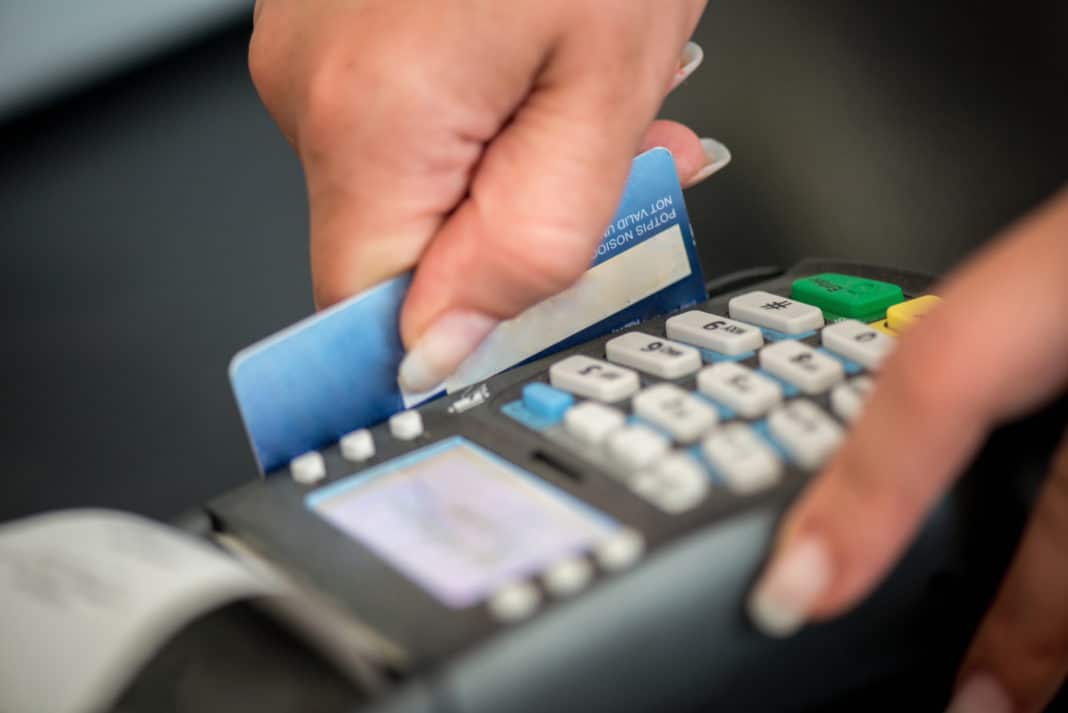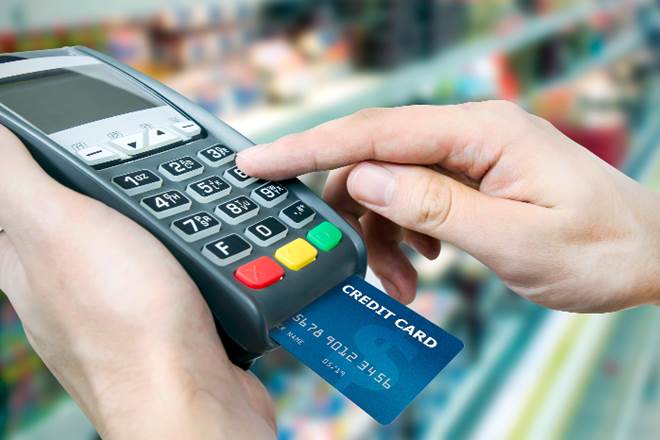Concept of Credit Card Payments:
Many people starting new businesses now are too young to recall the days of the bulky plastic credit card imprinter—you know, the one that made a carbon copy of a credit card next to a handwritten receipt?
Fortunately for us, advances in payment processing technology have made it much easier to take credit card payments, even for small, starting firms, over the last 30 years or so. In reality, most of today’s best credit card processing services include e-commerce and inventory management as standard features. Here are a few simple and successful methods for accepting credit card payments.

Accepting Credit Card Payments: A Step-by-Step Guide:
Accepting credit cards is simple and quick for any type of business, and purchases can be processed in online or in person.
Credit Card Payments Processing Guidelines:
Whether you accept card payments in person or online, the transaction procedure usually contains the following steps:
1. To input their information into the payment processor, the consumer swipes, inserts, or taps their credit card or mobile device, or enters their credit card number.
2. The payment processor communicates with the card’s issuing bank to confirm that money or credit limits are accessible, as well as to detect potential fraud.
3. If the bank accepts the transaction, the payment processor deducts the transaction amount from the customer’s account and credits your merchant account.
The key distinction between the various methods of accepting credit card payments is how card information is entered on the front end.

In-Store Credit Card Payments
A point-of-sale (POS) system with a card reader or a credit card terminal that can handle transactions on its own is required to take credit card payments in a retail venue, such as a restaurant or store.
Square and Clover are examples of modern POS systems that incorporate hardware and software that allows you to process both card and cash transactions.
Customers can normally enter a PIN for a debit card or sign to authorise the transaction onscreen or on a receipt printed from the credit card terminal if it is required.
Online mode of payments:
You’ll need an account with a payment service provider (PSP), such as PayPal, Stripe, Square, or Shopify, to take online payments for your e-commerce or other business. You’ll need to link it to your online store, which should be quite simple if you use the correct website builder. Many modern website builders and marketplaces, such as Squarespace, Kajabi, and Shopify, are built to make online purchases simple and easy to integrate with payment processors. While most website builders provide an SSL certificate to safeguard your customers’ security, if you wish to collect payments over the internet, you may need to use a separate service.
If your current website doesn’t work with payment providers, you may need to simply link to your account—for example, with a PayPal “pay now” button on your site—and let clients pay through the third-party site. This procedure will be less frictionless, and keeping orders straight may involve more manual labour on your part.

Mobile Payment Processing
Through mobile payment processing tools, you may accept actual cards anywhere with nothing more than your phone. These portable options are ideal for on-the-go sales at events such as farmers markets, art shows, trade shows, and parties.
Square is the most well-known and user-friendly mobile payment processor. Its card reader is a little device that plugs into your smartphone’s earphone socket (including Lightning connectors).
Simply download the Square Point of Sale app to your Android or iOS mobile, enter the customer’s order or total, and swipe the card to complete the transaction, just like you would at a traditional POS. Customers can sign to authorise the transaction right on the screen if necessary.
Click here to check out Credit Calculators.
Transactions with a Credit Card vs. a Debit Card
Credit and debit card transactions appear to be the same on the surface, but they are not. Because credit card networks facilitate both, the point-of-sale process is the same: enter information, interact with the bank, and complete the transaction.
The difference between a debit card transaction and a credit card transaction is that a debit card transaction immediately withdraws funds from the customer’s bank account, but a credit card transaction does not.
Payment appears to be different on your end. Debit card transactions are typically processed faster, with funds arriving in your merchant account the same day. Credit card processing necessitates the payment processor depositing funds into your account (and later settling with the consumer), which can take many days.
Depending on the type of account you have with the payment provider, fees for debit and credit cards may change. Furthermore, a credit card network may impose transaction minimums on debit cards but not on credit cards (because of regulatory requirements).
Merchant Account vs. Payment Service Provider
To take credit card payments in the past, you had to open a merchant account, which was a particular type of bank account. You’d join up with a bank, arrange a fee contract, and then obtain or buy the technology needed to process payments.
Payment service providers such as PayPal, Square, Stripe, and others make this process much simpler and, in many circumstances, less expensive. They resemble merchant accounts in appearance, but you can quickly sign up for and maintain your account online. It’s also simple to transfer money into and out of your PSP account to make purchases, give refunds, or deposit into your bank account.
If you’re starting fresh, a payment service provider is likely going to serve as the simplest and most affordable way to accept credit card payments for a small business.
Credit Card Processing Fees
When you accept a credit or debit card payment, you’ll be subject to these typical fees:
- Interchange rate: The percentage of a sale that goes to Visa, Mastercard, or another credit card provider is called the interchange rate. Rates range from 1.5 percent to 3.5 percent, with premium cards having higher rates.
- Transaction fee: In addition to the interchange rate, you must pay a cut to the payment service provider or processor. Some processors charge a fixed price each transaction that includes their cut and the interchange rate, while others employ an interchange-plus model in which you pay the interchange rate plus a variable fee.
- Service fee: You may have to pay a monthly or annual subscription fee to use the service, depending on the supplier. The majority of small-business PSPs, such as Stripe and PayPal, waive this fee in favour of flat-rate transaction fees.

FAQ
What is the most efficient method of accepting credit card payments?
What you sell, where you sell it, your sales volume, and how your customers want to pay all play a role in determining the most easy and cheap way to take credit card payments for your business. Flat-rate payment service providers are suitable for firms with monthly sales of less than $5,000, but more sophisticated models may be better for larger companies.
What is the best way for me to accept credit card payments for free?
You can’t accept credit cards without paying fees, as this is one of the main ways credit card networks make money. Adding a premium to credit card payments or raising rates, on the other hand, could help you avoid fees. You could encourage clients to pay with cash by offering a discount to those who do.
Is it possible to accept credit card payments using an app?
Square, PayPal Here, Payanywhere, Clover, and QuickBooks are just a few of the mobile apps that accept mobile credit card payments. Because of its compact card reader that fits in your pocket, Square is the easiest to use and transport.
How can I use my phone to process credit cards?
You’ll need to download a mobile payment processing app like Square, PayPal Here, Payanywhere, or Clover to accept card payments using your smartphone. When you sign up, they’ll give you a card reader that connects into the headphone jack on your phone, allowing you to accept actual cards and complete transactions on the go.
What is the most cost-effective method of accepting credit card payments?
For firms with monthly sales of less than $5,000, payment processors with flat-rate transaction fees are usually the most cost-effective alternative. Larger firms with bigger sales volumes should use interchange-plus processors.
Source: https://www.nasdaq.com/articles/how-to-accept-credit-card-payments-2021-09-21
For more info, visit here: credit calculator







